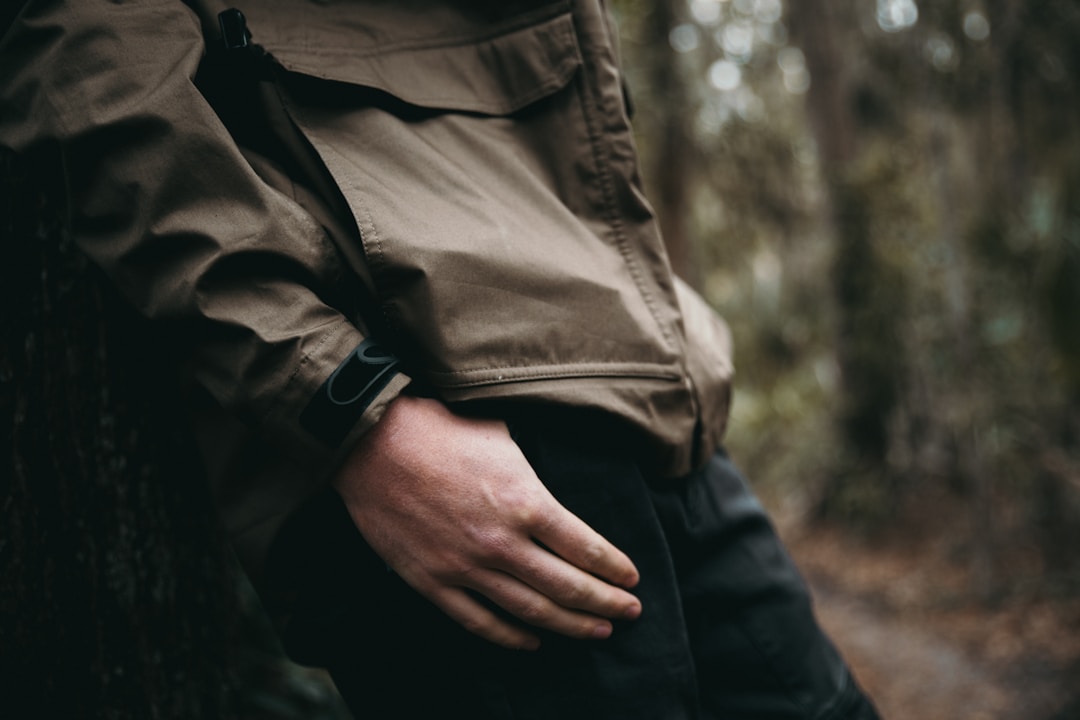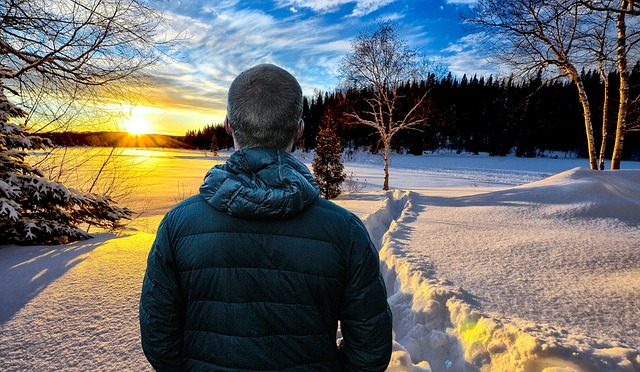As the winter season approaches, selecting the ideal winter jacket becomes crucial for comfort and style. When it comes to men’s winter jackets, there’s a delicate balance between functionality and fashion. Fit is fundamental; it can be the difference between staying warm and stylish or feeling bulky and constrained. Understanding the intricacies of men’s winter jacket sizes, cuts, and styles is necessary for making an informed decision. Below, we provide a detailed look at how to find the perfect winter jacket that suits your individual needs.
Understanding the Basics of Men’s Winter Jacket Fits

Finding the right fit for men’s winter jackets is about more than just choosing the right size. A well-fitted jacket allows for freedom of movement without excess bulk. Start by taking precise measurements of your chest, waist, and hips, as these are critical for getting the sizing right. Remember, winter jackets should offer a bit more room than a regular suit jacket to accommodate layers underneath. Another key aspect to consider is the cut of the jacket. Different styles, such as slim, regular, or relaxed fits, can drastically affect the jacket’s appearance and comfort.
Slim fits tend to be more form-fitting and stylish, while relaxed fits can accommodate more layers for colder climates. Trying on different cuts can give you a better idea of what works best for your body type and style preferences. Arm length and shoulder width are also central to a good fit. Sleeves should extend to the base of the thumb, and the jacket’s shoulders should line up closely with your own without being too tight or too loose. Additionally, evaluate the length of the jacket; it should cover your waistband but not be so long that it hinders movement.
Closures, such as zippers, buttons, or snaps, should line up properly without any pulling or bunching. High-quality closures not only secure the jacket effectively but also contribute to a clean, polished look. A well-fitted jacket should seamlessly zip or button up, even with extra layers beneath.
Evaluating Insulation and Material Types for Warmth and Comfort
Insulation is one of the primary factors for warmth in a winter jacket. Materials like down, and synthetic fillers provide different levels of warmth and comfort. Down is exceptionally lightweight and warm but can lose its insulating properties when wet. Synthetic insulation is more water-resistant and less expensive but can be bulkier than down. The outer material of the jacket also plays a pivotal role in providing warmth and dictating style.
For those living in damp climates, selecting a jacket with a waterproof or water-resistant exterior is essential. This can prevent the insulation from getting wet, thus retaining heat better and ensuring comfort. Check for perks like sealed seams and waterproof zippers for an added layer of protection against the elements. Ventilation should also be taken into account for active wearers who may overheat. Some jackets come with zippered vents under the arms or along the sides, allowing for better airflow without sacrificing warmth.
The Importance of Layering Options When Selecting a Winter Jacket

Layering is vital to staying warm during the cold months, and the right winter jacket will accommodate multiple layers without restricting movement. A jacket with room for a sweater or thermal underneath can significantly extend its temperature range and versatility. Not all jackets, especially those with a slim fit, have generous space, so you need to test this when trying on options. Some jackets come with adjustable features such as elastic or Velcro cuffs and drawstrings at the waist or hem. These adjustments can help trap heat and block cold air, particularly when wearing additional layers beneath.
Moreover, they can be loosened to improve comfort when wearing fewer layers on milder days. When experimenting with layering, be mindful of the materials you pair together. A breathable base layer combined with insulating mid-layers and a protective outer shell is the ideal setup. This provides the option to shed layers as needed while ensuring that moisture is wicked away from the body.
As you can see in this article, selecting the right men’s winter jacket requires a blend of style considerations, awareness of material and insulation properties, understanding the importance of layering, and researching brands for quality. There is no doubt that by paying attention to these details, you will find a winter jacket that not only keeps you warm but also complements your personal style.
Featured Image by Mohamed Hassan from Pixabay
